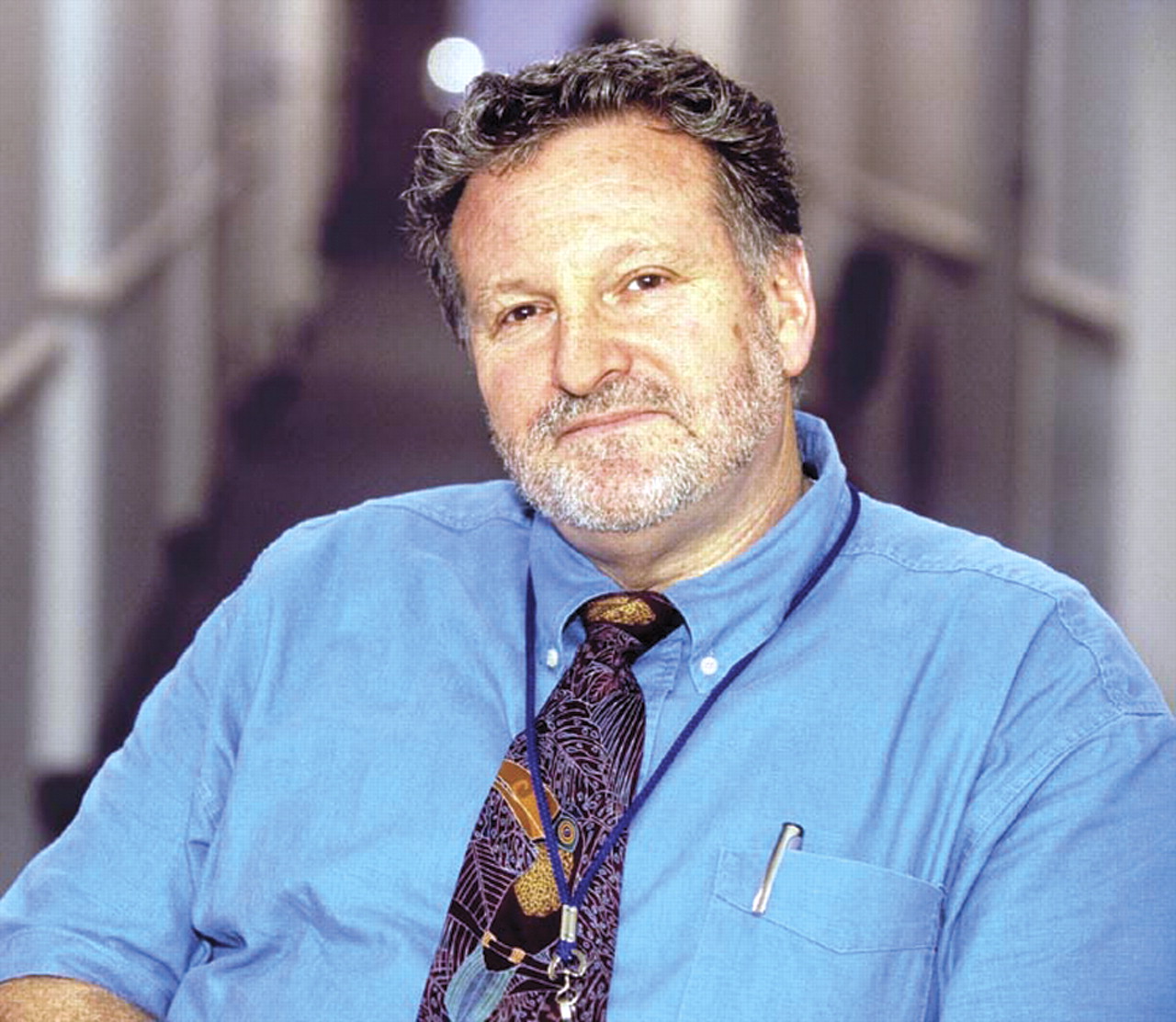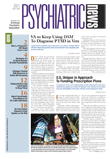No one “has touched me for six months. Even my own mother won't come near me.” After introducing myself as a psychiatry resident in 1982, these were the first words spoken through a cascade of tears by a 35-year-old gay man when I asked how he was doing.
Only a few months before, I had been reading as much as I could about“ GRID” (gay-related immune deficiency syndrome), which had been recently reported in Los Angeles, New York City, and San Francisco.
After completing my internship in San Francisco in 1980, my partner and I moved to Boston for my residency at Massachusetts General Hospital. Little did I know how quickly I would be caught up in the medical care, social activism, and politics of what we came to know as HIV disease.
The epidemiology suggested that whatever was causing the collapse of gay men's immune systems (soon followed by the cases of AIDS in other populations) was sexually transmitted. A decade of sexual liberation appeared to be the wave on which this disease was riding, a wave that turned into fear and anxiety that permeated the gay community.
As I became more immersed in the clinical care of people with AIDS, some colleagues and supervisors warned me about becoming too identified professionally with this stigmatizing disease.
At the same time I was seeing more patients with AIDS in the medical setting, we began the unrelenting experience of losing patients, friends, and colleagues to the epidemic. The Era of Unremitting Grief had begun. We visited the AIDS quilt that spent days laid out on the vast expanse of the Mall in Washington, D.C. Amid thousands, in eerie silence broken only by sobbing, and sometimes wailing, we discovered panel after panel marking the passing of people we had known. I remember wondering if any of us would survive the disease or the overwhelming loss. The image of thousands of gay men, their lovers, friends, and families grieving together on the Mall between the Washington Monument and the Capitol is forever etched in my mind. In retrospect, becoming involved clinically, academically, and politically served as a mechanism to contain my personal fear and anxiety about the epidemic that was exploding around me.
After leaving residency, I served as medical director of the Boston Gay and Lesbian Counseling Service. After the discovery of HIV as the causative agent, I was asked to help develop a counseling and testing protocol for the ELISA antibody test that Massachusetts's state laboratory was developing. “To test or not to test” became the dilemma for a generation of gay men and then for injecting drug users at a time when there was no treatment to offer for the underlying HIV infection that was almost always fatal.
At that time, testing was encouraged as a way to inform people who believed they had been at high risk for contracting HIV to change their sexual and injecting drug-use behaviors. In the absence of a definitive treatment for HIV infection, only prophylaxis for opportunistic infections was available, and many gay men believed that testing for antibodies would only further stigmatize and isolate already marginalized people. Later, the reticence I had in promoting testing turned to advising testing once we had ammunition against the virus.
As the epidemic grew in nongay populations, community-based organizations had to find ways to treat people whose only commonality was being HIV infected. Increasing numbers of psychiatric patients, intravenous drug users, women of childbearing age, and children began to constitute what became known as the “changing face of AIDS.” These individuals often found support in agencies that had evolved in the gay community. While people with AIDS were quite diverse, HIV infection helped to create political and social coalitions in the interest of pushing for more AIDS funding for research and treatment.
In 1985, in addition to seeing AIDS patients at Cambridge Hospital, I had a half-time private practice that had become about 70 percent people with AIDS. Few psychiatrists, even in the rich psychiatric mecca of Boston, were willing to involve themselves in the care of patients with this devastating disease.
I ministered to a patient population of young, previously healthy, productive gay men and their partners who had been blindsided by the disease without even knowing what was coming.
Within six months, about half my patients had died, leaving me bereft, financially diminished, and trying to sort out how one could tolerate doing this work with no end in sight.
I began to teach and find ways to contribute without just filling up my patient hours with people who would die. I learned from my patients and their survivors how to face a premature demise, and it has not escaped me that my partner and I soon adopted our first child in the midst of it all.
I began to make lists. One was of close friends in San Francisco, New york, Vermont, Boston, and elsewhere who had died. One was of patients I had already lost, and one was of the people we knew who were infected and might all too soon move from one list to another.
In retrospect, the first of these lists might have been titled “Dear friends for whom I have not yet had time to grieve.” How many funerals should a man of my age expect to attend? How do I answer patients wanting to know if I would come to their funeral?
Were it not for patients and friends who taught me how to live in the face of death, I might have abandoned what had become a major focus of my professional life.
The words of a patient return to me as I try to capture what it felt like:“ It was like standing in a beautiful field with my friends and lovers when the shooting began. All around me lay the dead, and yet I remained standing, wondering how in the midst of all this horror I had been spared. It makes no sense.”
We spent a good amount of time together in psychotherapy trying to“ make sense” of the insensible. Together we bore witness to preserve the memory of legions of gay men, and later all people, who had succumbed to this virus.
Today many of my patients are living longer, healthy lives. Remarkable advances in our ability to treat persons living with HIV infection have occurred in the past 25 years. Where I was once at the bedside of patients suffering from tuberculosis, pneumocystis carinii pneumonia, and candidal esophagitis and managing issues of distress and dying, I now take adavantage of the availability of viral-load monitoring and a larger palette of antiretroviral medications and see a decrease in incidence of AIDS and death from it.
But these trends are also powerful reminders for psychiatrists to continue to broaden their scope of assessment and intervention. Opportunistic infections, CNS malignancies, metabolic and electrolyte disorders, and new medications can all cause significant CNS disease and dysfunction.
However, the ominous sense of foreboding never abates, and people who became infected in recent years face more complex psychological and social issues than did the generation that preceded them. and people are still dying of AIDS, though at a slower rate.
My patients sometimes still wait, unsure about how to go forward with their lives in the face of the infection still within, though it may be shackled for the moment.
In reflection, this epidemic has brought forth the best and worst in human beings. The challenges ahead are unparalleled, with ever-new generations of young people at risk for HIV, often the most vulnerable and marginalized in our society.
In developing nations, armies of children born to parents they lose to AIDS remain unschooled, unfed, unparented, and often armed. No existing social structures can provide for the needs of these youngsters, who are left to the kindness of others or to fend for themselves.
As the 25th year of this pandemic passes, I experience the fragility of life in every moment, committing myself to doing what i can, working through those lists, believing that one might indeed heal the soul, if not the heart.▪

